Barnet Museum
A broad collection of hundreds of artefacts reflecting the history of Barnet and it's residents dating from the Bronze Age to the present day.

Looking for a fun and educational place to take the kids out for the day?
London plays host to almost 100 museums that are suitable to children and young people. Many are well faciliated with play areas, explore zones and even dress-up like a medieval knight or Victorian street urchin. And as an added bonus, most offer discounted or even free admission for children too.
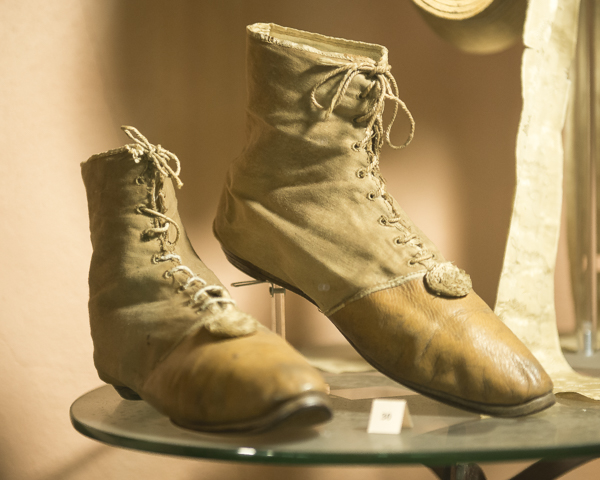
A broad collection of hundreds of artefacts reflecting the history of Barnet and it's residents dating from the Bronze Age to the present day.
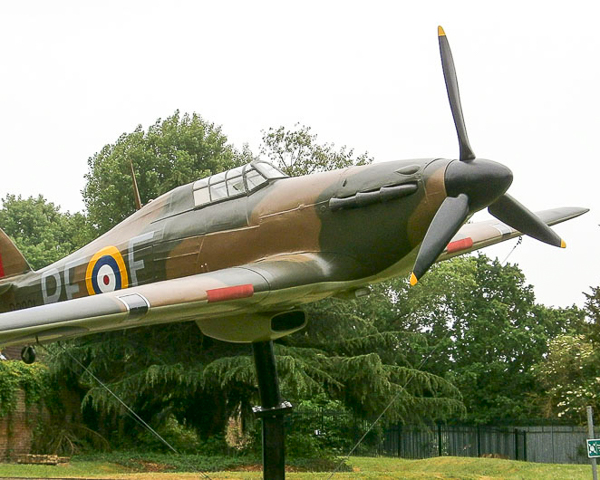
The former RAF Uxbridge site that played pivotal role in defending Britain during the Second World War.
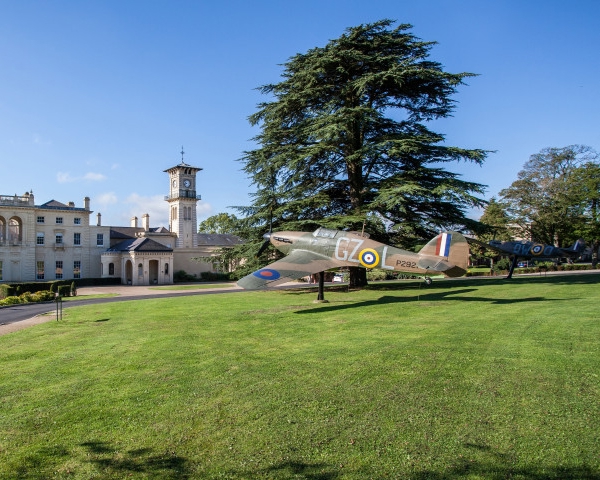
Bentley Priory Museum tells the story of the huge Grade II* listed country house, focusing on its role as Headquarters Fighter Command during the Battle of Britain.
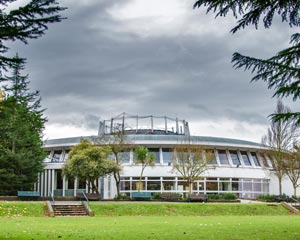
A remarkable modern building of unusual architectural interest, situated in the heart of Ewell Village surrounded by beautiful grounds.
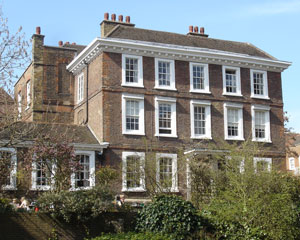
Local history museum in north London, set in a Grade I-listed house built during the rein of Queen Anne in 1704.
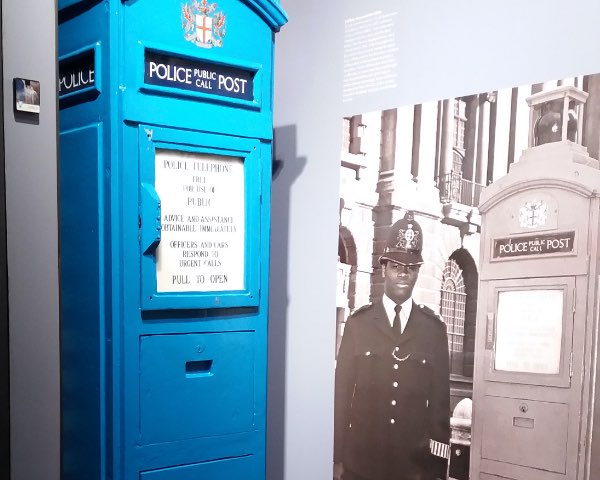
The City of London Police Museum tells the story of the City of London Police and some of the major events that the police have dealt with since 1839.

Step back in time and discover the incredible stories that gave Cutty Sark her reputation as one of the fastest and greatest sailing ships of all time.

A Charming 300-year-old townhouse, nestled amongst a maze of courts and alleys in the historic City of London.

Former 17th century merchant's home with a walled garden, classic Georgian furniture and harpischord collections.

The history of the weapons—from the earliest cannons to the various artilleries employed today.

A stunning Jacobean Manor House with grade 1 listed status tells the story of Forty Hall & Estate throughout the ages.
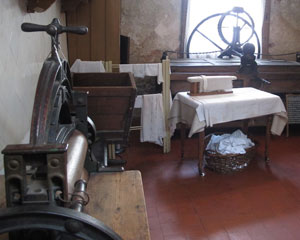
Lots of local history set in a former banker's mansion.
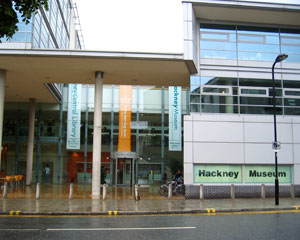
This exciting museum explores the reasons why people have moved to Hackney from all over the world for more than 1000 years.

This rare and atmospheric 17th-century house sits on the banks of the River Thames in Richmond.

The battleship that served with distinction in both the Second World War and the Korean War.
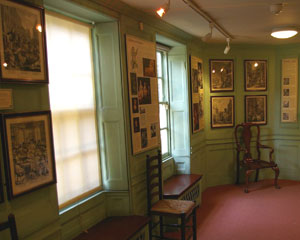
The 18th century country home of the great painter, engraver and satirist William Hogarth.
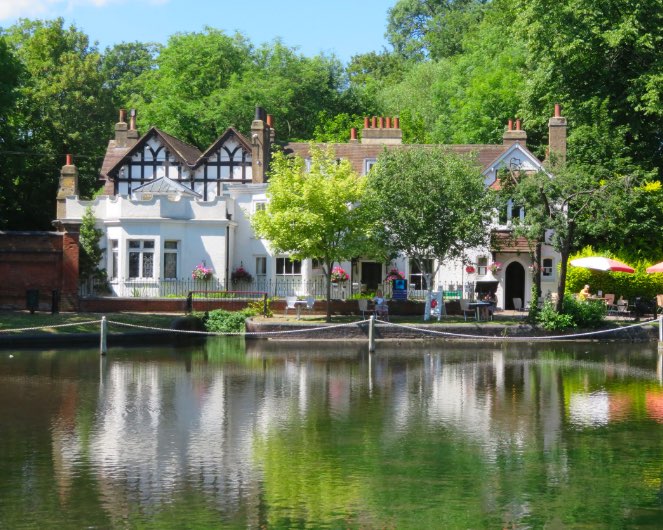
Honeywood Museum is Sutton borough's heritage centre and local history museum.
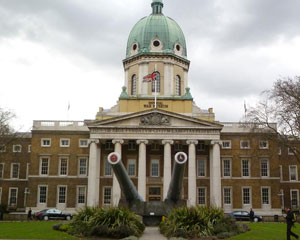
The Imperial War Museum London covers conflicts involving Britain from the First World War through to the present day.
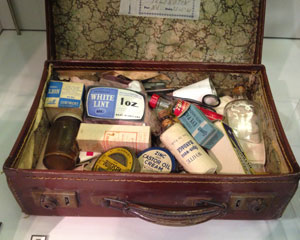
The history of; the borough, its residents and local heroes. Told though artefacts including books, displays, letters and recordings.
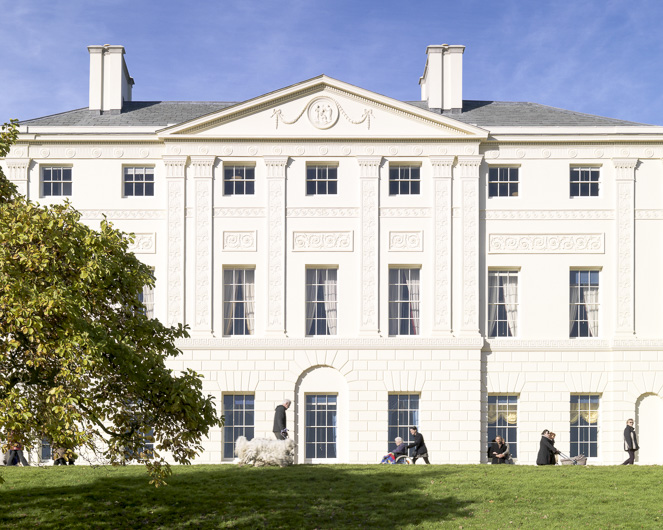
18th century stately home set in 112 acres of leafy north London parkland. With paintings by Rembrandt, Vermeer, Turner, Reynolds, Gainsborough and Constable.

Once used by industry and nowadays home to many colourful boats, the museum tells the story of all aspects of London’s canals.

One of London’s most significant Victorian visitor attractions housing some of the world’s rarest working steam engines.

The transport heritage of Britain's capital city explained through artefacts and interactive displays.
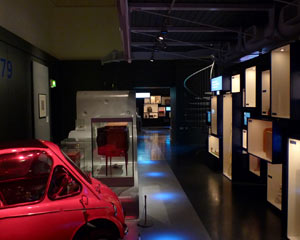
The history of Croydon from 1800 to the present day through the objects and stories of local people.
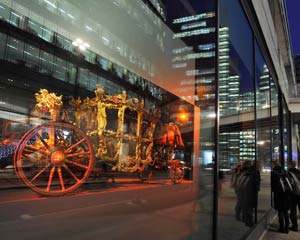
Located on London Wall and close to the Barbican Centre, the Museum of London documents,explores and tells the ever changing story of the history of London.
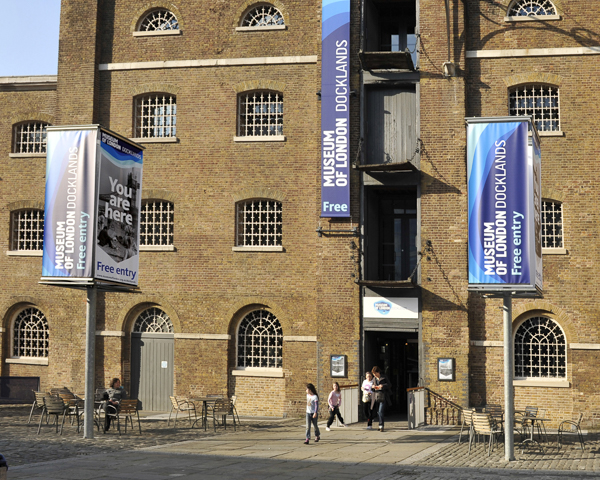
The history of London's River Thames told in a set of 19th centuary Georgian sugar warehouses.
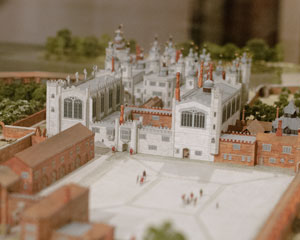
Celebrating the rich and royal heritage of Richmond, Ham, Petersham and Kew.
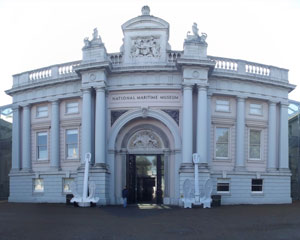
Explore Britain’s seafaring history in the largest maritime museum in the world.
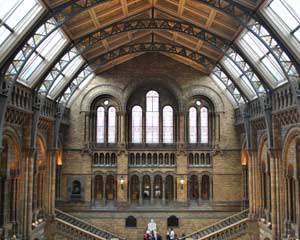
Home to 80 million items within five main collections: botany, entomology, mineralogy, palaeontology and zoology.

The small museum dedicated to dolls, toys and wood theatres.

The museum explores the many different places, people and events in over 150,000 years of local Redbridge history.

London’s only planetarium and features state-of-the-art HD projection technology, visualisations based on real scientific data and real astronomers.
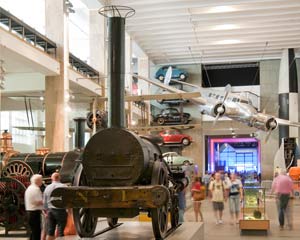
Featured across seven floors, exhibitions include the developments in contemporary science, medicine and technology.
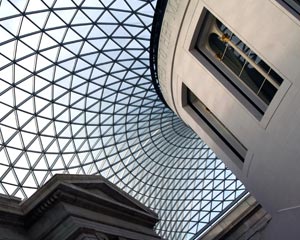
One of the world's greatest museums of human history and culture. With over 8 million objects in an area of 13 acres.

Scheduled Ancient monument, international landmark site and oldest tunnel in the oldest underground in the world.

The only place of its kind in the UK dedicated to collecting and displaying original British cartoons and comics.
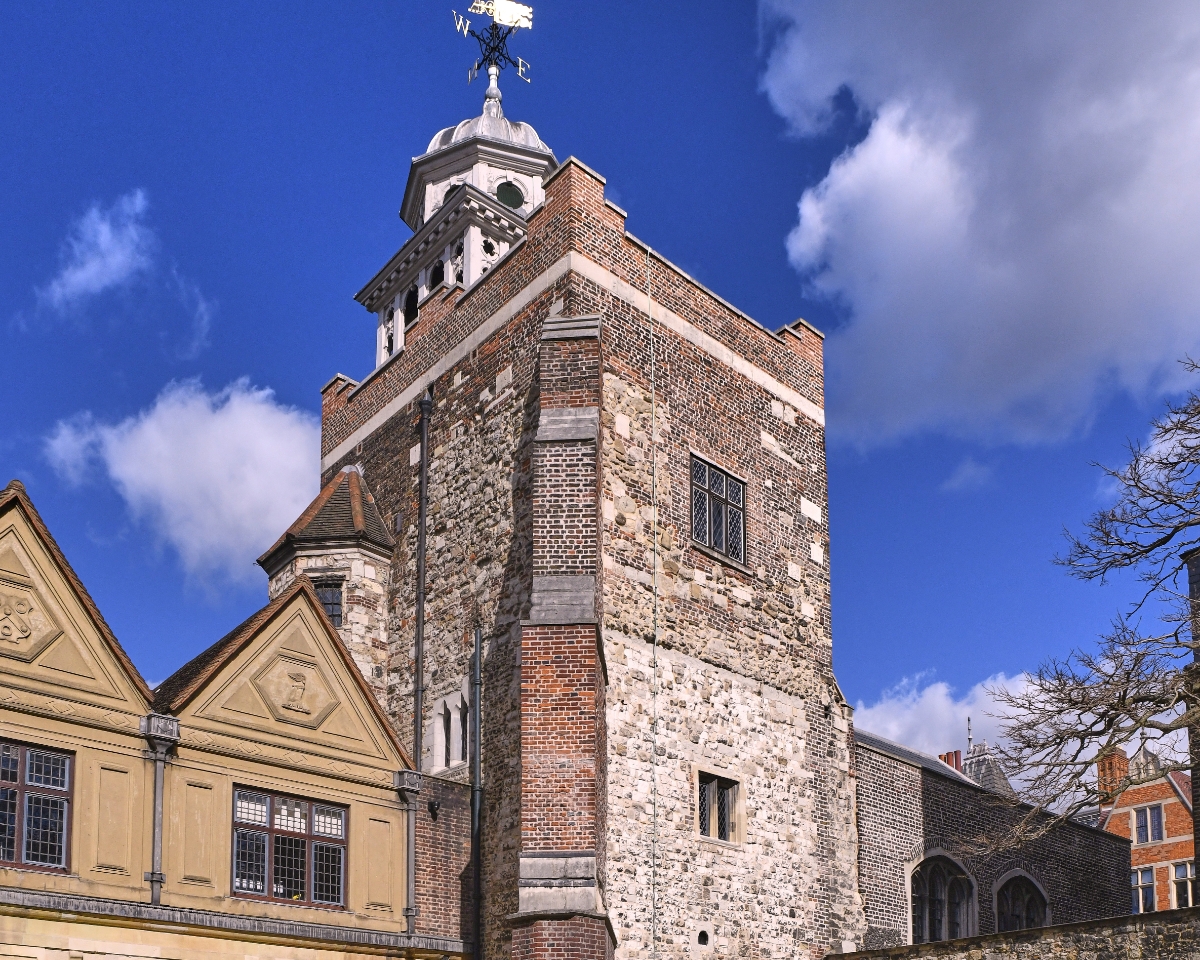
Former monastery built in 1371, now home to an almshouse, with gardens, a chapel and a small museum.
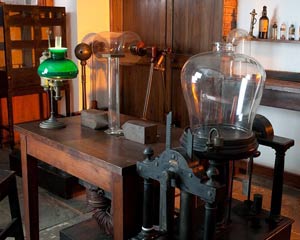
The story of the electromagnetic discoveries made by Michael Faraday in the 19th century.

Experience the life of a 16th century explorer aboard The Golden Hinde, a full-sized reconstruction of the ship Sir Francis Drake.
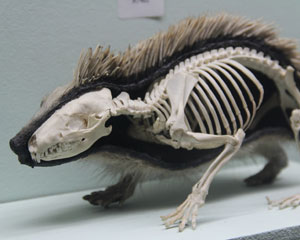
The Arts and Crafts style building boasts a treasury of over 300,000 objects. Including an aquarium, stuffed animal and musical instrument collections.
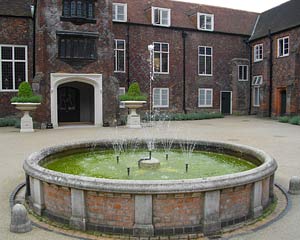
Historic house and garden of the Bishop of London since 704. Paintings, archaeology and artefacts reveal the history of the Palace site from prehistoric times.
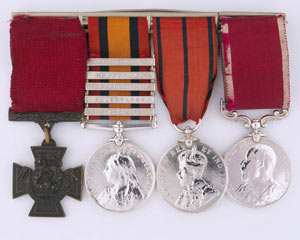
The overall history of the British Army, British colonial, imperial and commonwealth forces from 1066 to the present day.

The Postal Museum reveals Britain's history of society and communications through artefacts as letters, stamps and even the underground Mail Rail.
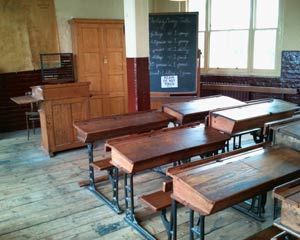
Housed in three Victorian canalside warehouses—a reconstructed Victorian Classroom and a Victorian East End Kitchen displays its own collection of historical objects.
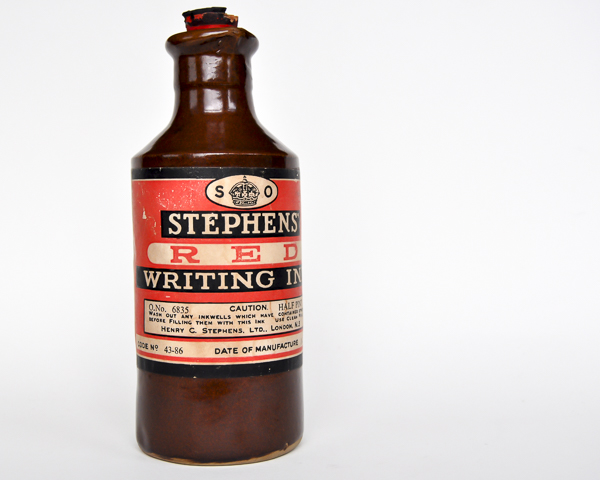
The life story of Henry ‘Inky’ Stephens with fascinating artefacts and memorabilia from the history of the man, to his business and passions.

The largest tennis museum in the world—with exhibits and artefacts dating back to 1555.

The world’s most famous fortresses and has seen service as royal palace, prison, armoury and even a zoo.
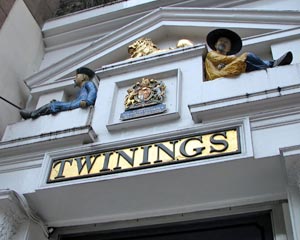
The small museum within the shop, that's been on the Strand since 1717 displays the history of Twinings with photos, packaging and memorabillia.

Spanning the 1600s to the present day—toys, clothes and interactive displays are set within a 1872 hangar with marble floor and visible cast iron frame.
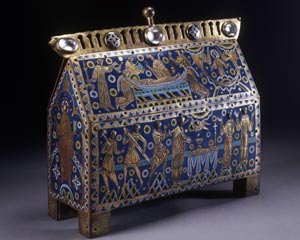
Founded in 1852, is the world's largest museum of decorative arts and design, housing a permanent collection of over 4.5 million objects.
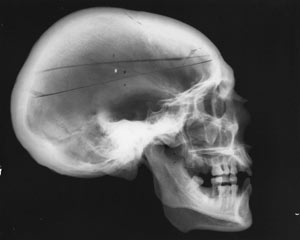
The collection of medical curiosities and implements, tell the story and explore connections between medicine, life and art in the past, present and future.

This grade II listed, Georgian building was Morris's family home from 1848 to 1856.

A distinctive landmark since 1817, the museum tells the story of the development of the English windmill through models and machinery.
© Copyright 2014—2023 Museums London (unless stated otherwise). Information believed to be correct at the time of publication.